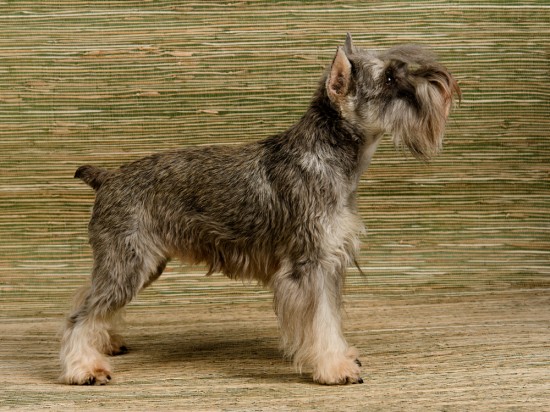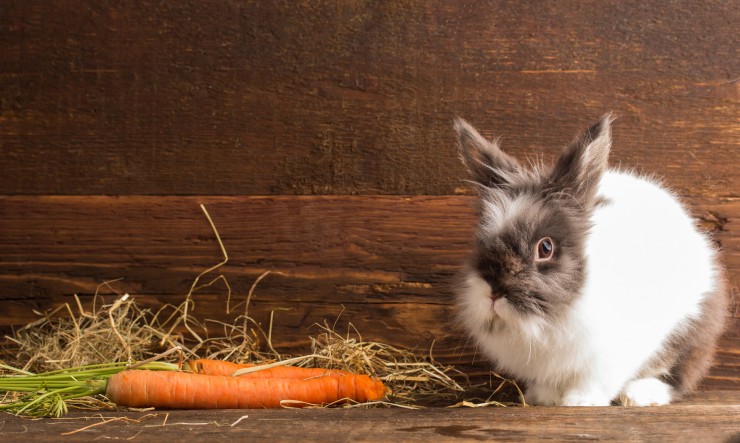
Feeding cattle involves providing feeds that are both nutritious and rich in energy in order to achieve maximum production from beef cattle and milking cows. Many farmers around the world have developed means and ways to make sure their livestock are meeting the necessary demand by finding the perfect feeds and methods of feeding cattle during the two most critical seasons of the year.
In winter, cattle become more vulnerable to the cold temperatures, which is why feed intake is crucial. Cattle are fed mostly hay during the winter time, so best be stocked with more than enough hay. Along with hay, there should be enough water troughs and places for the cows to drink. And since winter makes water freeze, there should be an abundant supply of melted ice water that should last for a good 24 hours. Winter also makes feeding cattle a bit difficult because of the lack of grain feeds, which only grow during the warmer months of the year. Therefore, farmers can resort to artificially grown grain mixes which they can stock just before the winter season kicks in.
Summer is when farming cattle becomes more exhausting because there is a need to keep forages in their freshest state, and to make sure they contain as much fiber as the cows need in order to lactate or grow into good quality beef cattle. At this time of the year, grains such as corn, cottonseed, legumes, and other feeds are abundant which is why there should be enough containers and feeding stalls so the cows will have more than enough space come feeding time. It is necessary, however, that the farmer knows how to regulate the intake of the cows, especially during this time of year when as said, feeds are abundant.
Farmers need nutritious feed in order to sustain the beef and dairy cattle. Improved ways for feeding dairy cattle include timing the feedings with the lactation process where the early, middle to late, and inactive stages of lactation have different and corresponding feeding schedules. Feeding programs are often devised pertinent to the season and weather conditions, to facilitate the feeding in order to meet the world's food demand.
In addition, farmers that work on feeding cattle during the summer months, especially now that there is global warming, must supply their cattle with feeds that contain more soluble protein and energy as they will most likely lose much of their energy because of the exertions or when lactating becomes harder as the heat of the weather drives on.
Are you planning to learn more tips about feeding cattle? Raising cattle can improve quality of life and provide great satisfaction and responsibility for families. Explore your options and then decide. If you would like more tips on farming cattle and how to raise cattle, click here: www.howtoraisecattle.com
 Stop The Headaches, Learn More About Dogs
Stop The Headaches, Learn More About Dogs
In s
Stop The Headaches, Learn More About Dogs
Stop The Headaches, Learn More About Dogs
In s
 Could You Offer A New Home To A Pedigree Dog?
Could You Offer A
Could You Offer A New Home To A Pedigree Dog?
Could You Offer A
 Information On Foods That Are Poisonous Or Dangerous For Rabbits
Information On Fo
Information On Foods That Are Poisonous Or Dangerous For Rabbits
Information On Fo
 Thai Cats - The Original Descendent Of The Landrace Cats Of Thailand
Thai Cats - The O
Thai Cats - The Original Descendent Of The Landrace Cats Of Thailand
Thai Cats - The O
 The Countryside Code For Dog Owners - Your Rights And Responsibilities
The Countryside C
The Countryside Code For Dog Owners - Your Rights And Responsibilities
The Countryside C
Copyright © 2005-2016 Pet Information All Rights Reserved
Contact us: www162date@outlook.com